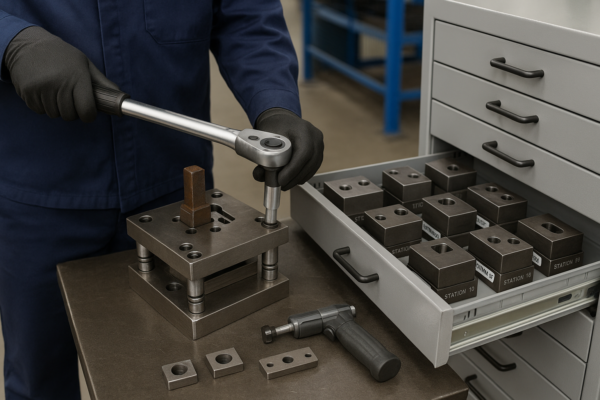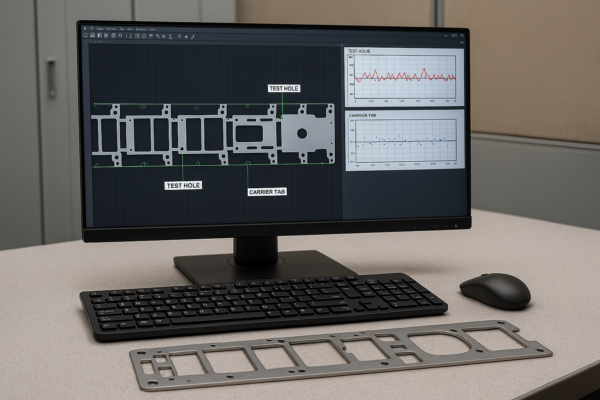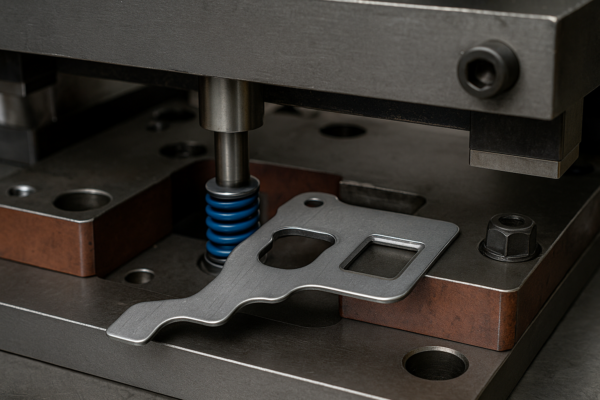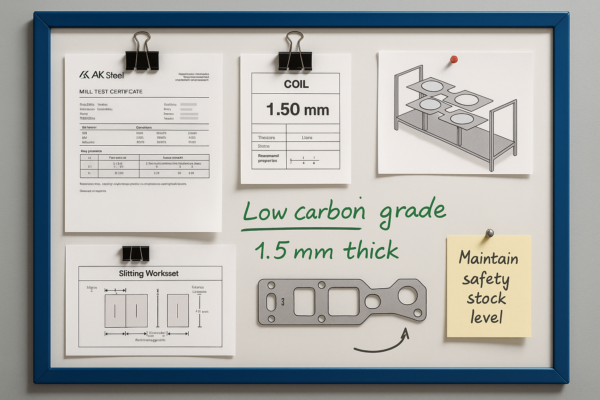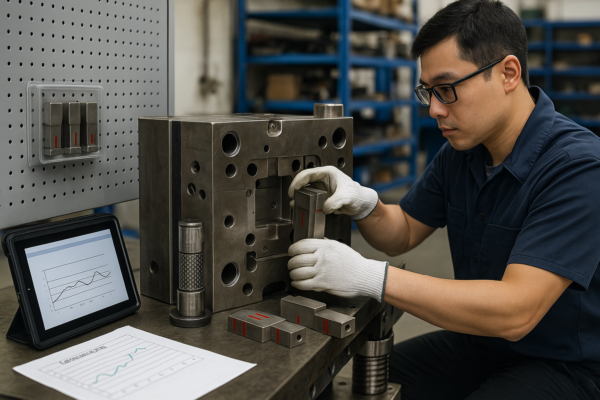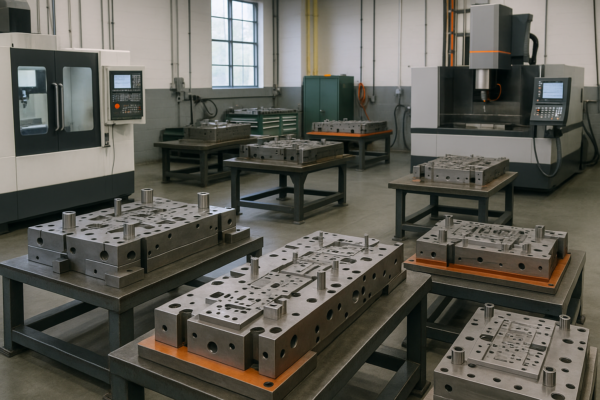PVC Plastic Explained: Properties, Uses & Manufacturing
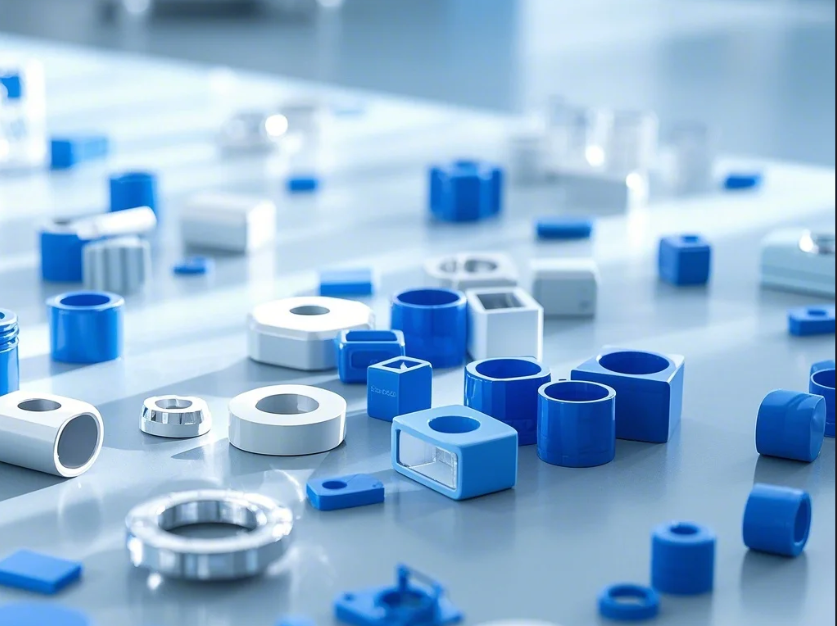
As an industrial manufacturer with 30+ years specializing in PVC components, I can confirm polyvinyl chloride (PVC) is a versatile thermoplastic polymer with unique properties that make it ideal for pipes, medical devices, and construction materials.
PVC plastic is the world’s third-most produced synthetic plastic polymer (after polyethylene and polypropylene), existing in both rigid (uPVC) and flexible (fPVC) forms. Its chlorine content (57% by weight) provides flame resistance, durability, and chemical stability unmatched by other common plastics.
Here’s what every industrial buyer needs to know about PVC characteristics, grades, and applications.
What Chemical Structure Makes PVC Unique?
PVC’s molecular composition explains its exceptional performance.
The vinyl chloride monomer (CH2=CHCl) gives PVC:
1) High chlorine content for flame resistance
2) Polar molecular structure for chemical stability
3) Ability to accept plasticizers for flexibility
Our lab tests show PVC maintains strength at temperatures from -20°C to +60°C (-4°F to 140°F).
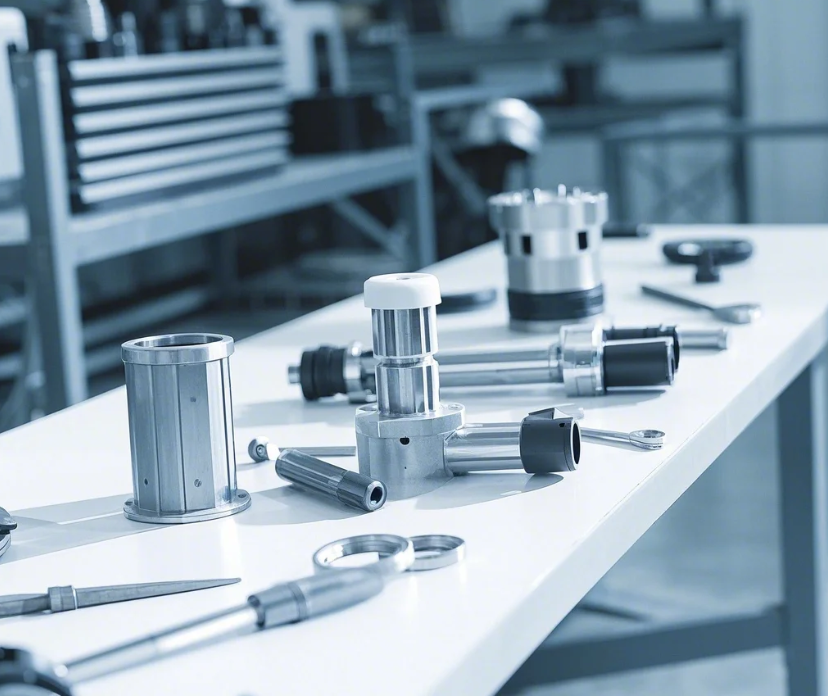
Key PVC Material Properties
| Property | Value Range | Comparison to PE (Polyethylene) |
|---|---|---|
| Density | 1.3-1.45 g/cm³ | 45% denser |
| Tensile Strength | 40-80 MPa | 2-3X stronger |
| Continuous Service Temp | 0°C to 60°C | Lower heat tolerance |
| Flame Resistance | Self-extinguishing | Burns readily |
What Are the Main PVC Grades and Their Uses?
PVC can be formulated for hundreds of specialized applications.
In our production facility, we manufacture:
1) Rigid PVC (no plasticizers) for structural uses
2) Flexible PVC (with plasticizers) for hoses/seals
3) CPVC (chlorinated) for hot water systems
Over 65% of our PVC output becomes pipes and fittings for construction applications.
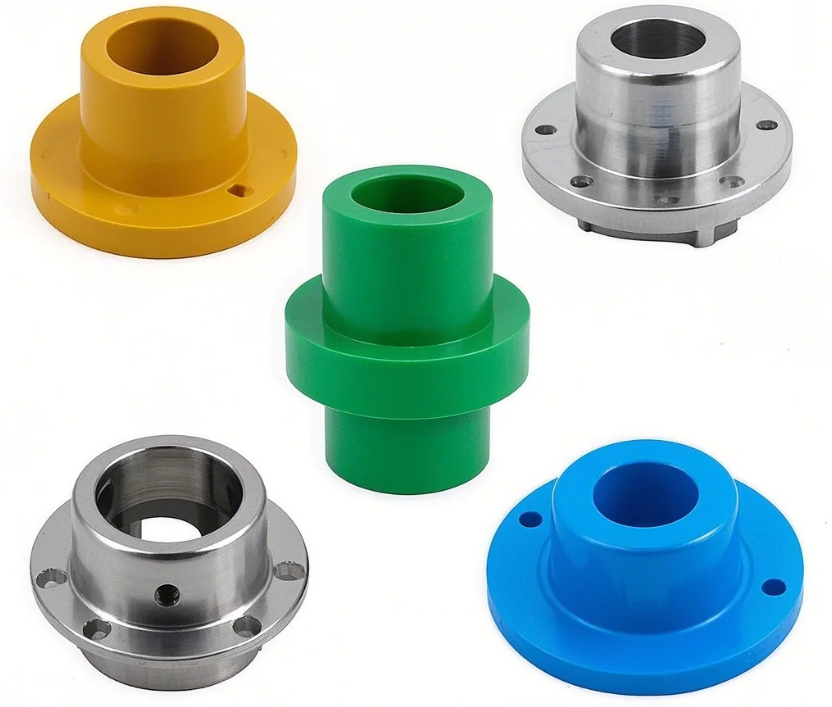
Commercial PVC Grades Comparison
| Grade | Additives | Key Features | Common Uses |
|---|---|---|---|
| uPVC | Stabilizers | Rigid, weatherproof | Window frames, pipes |
| fPVC | 20-40% Plasticizers | Flexible, soft | Medical tubing, cables |
| PVC-C | Extra chlorination | Higher heat resistance | Industrial piping |
| PVC-M | Impact modifiers | Tough, durable | Underground ducts |
How is PVC Different From Other Commodity Plastics?
PVC occupies a unique position in the plastics family.
Unlike PE and PP plastics that contain only carbon/hydrogen, PVC:
1) Won’t continue burning when flame is removed
2) Resists oils, acids, and alkalis better
3) Costs 15-30% less per unit strength
Our testing confirms PVC electrical conduits outperform PE alternatives in fire safety tests.
Plastic Type Comparison Chart
| Characteristic | PVC | HDPE | PP |
|---|---|---|---|
| Chemical Resistance | Excellent | Good | Fair |
| UV Resistance | With stabilizers | Good | Poor |
| Recycling Code | #3 | #2 | #5 |
| Typical Lifespan | 30-100 years | 15-25 years | 10-20 years |
Conclusion
PVC’s combination of chlorine-based flame resistance, formulation flexibility, chemical stability, and cost-effectiveness makes it indispensable for industrial applications where safety, durability, and value matter – especially in piping, building materials, and medical products.

